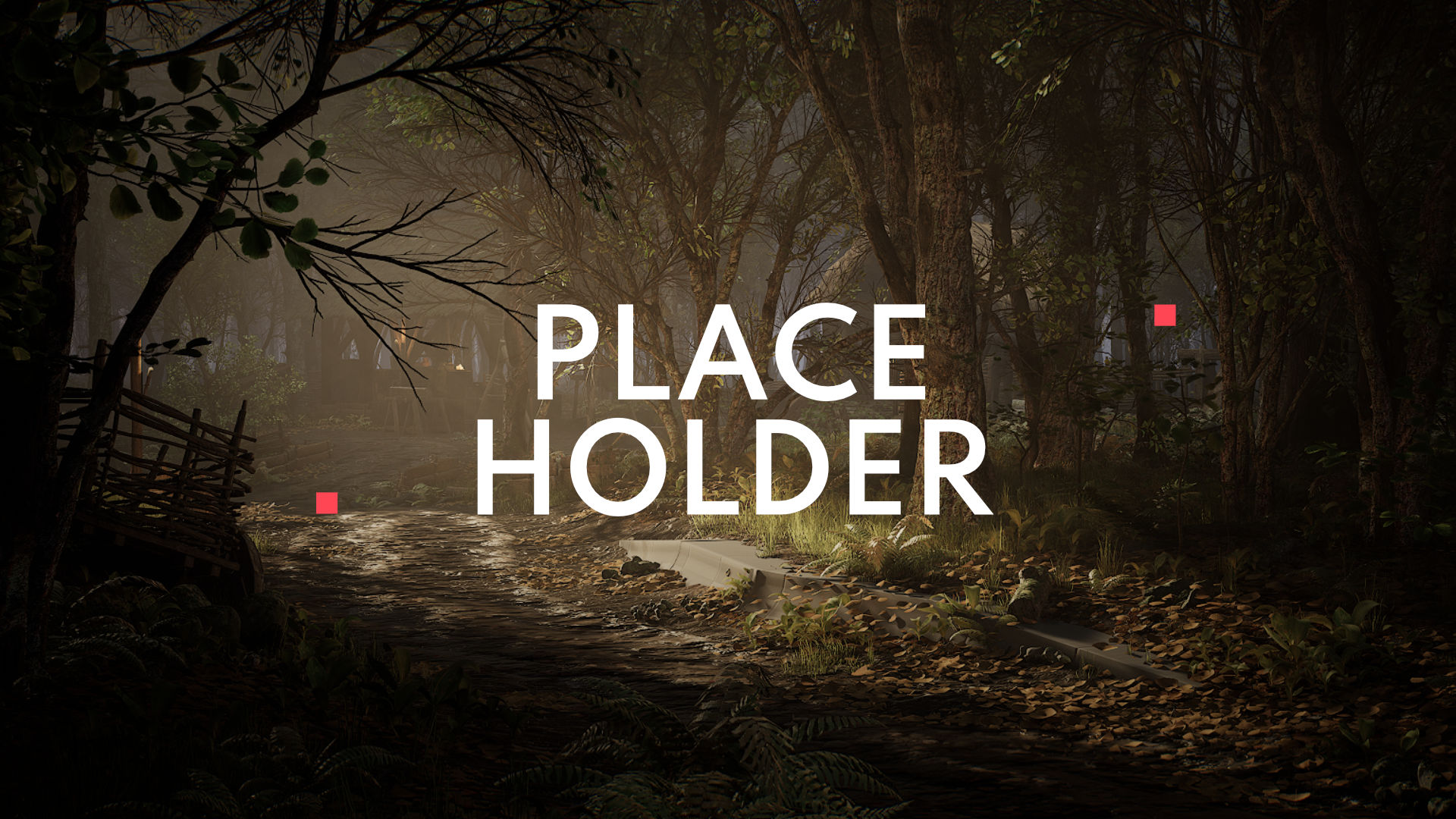LESSON OVERVIEW
In this lesson we will look at visual storytelling and the components it is made from. How we can successfully incorporate it in our environments and what makes a great environment believable and immersive. When properly used it is a powerful tool that can greatly contribute to any environment you are trying to build. I want to start out with a phrase commonly used by filmmakers.
🔹BANNER IMAGE

🔹VISUAL STORYTELLING
Add the main lesson content here, divide it into chapters by using “/heading2” to divide each section into a separate topic. Add any links or resources in the middle of the text with their links between ( ) when applicable and additional links can be added at the bottom of the page.
LESSON OVERVIEW
Ever walked into a game environment and instantly felt something — mystery, nostalgia, danger — without a single line of dialogue? That’s the power of visual storytelling. In this lesson, we’ll break down how to craft immersive, believable environments that tell a story without relying on text or exposition!
Your goal as an environment artist is to communicate a story that players can see and feel, whether it's through abandoned ruins hinting at a lost civilization, or cluttered workspaces revealing the personality of an unseen character. Your environments should stand on their own, making an impact without the need for lengthy explanations.
A common phrase in filmmaking sums it up best: Show, don’t tell.
To make this easier, we’ll break visual storytelling down into four key layers:
- Setting
- – The foundation of your world. Where and when does the story take place?
- Set Dressing
- – The objects and details that bring your setting to life.
- Storytelling
- – The narrative elements that guide the viewer’s imagination.
- Mood
- – The atmosphere that ties everything together.
While each layer plays a distinct role, they all work together to create a seamless, engaging experience. Let’s dive in!
SETTING
Every great environment starts with a strong setting! This is the foundation that shapes everything else — where and when your story takes place, the culture and people that exist (or once existed) there, and the natural forces that have shaped the world over time.
Sometimes, you'll have a clear direction from concept art, where key aspects of the setting are already defined. Other times, you might be working from real-life references, where the setting exists but lacks storytelling elements. Or maybe you're building something from scratch, where every decision is up to you.
No matter the starting point, there will always be gaps to fill in. Thoughtful planning is what separates a generic environment from one that feels immersive and lived-in. Even if the details aren't immediately obvious, a well-defined setting creates consistency, making the world feel believable and cohesive.
All of the points below are closely intertwined with the reference gathering process, which you can learn more about here!
The core components of any setting are:
- Time Period
- – When does this take place? Past, present, future?
- Location
- –
- Where
- in the world (or beyond)
- is this
- ?
- People
- – Who
- lives or lived here
- ?
- How did they shape the
- space?
- Weather & Climate
- – How does the environment react to natural elements over time?
- Passing of Time & Gravity
- – What
- signs of wear, decay, or
- change exist in the world
- ?
By working on the basic components your setting is made up of, you add layers of depth to your environment. It is up to you to define these layers! Let’s break each of these aspects down further!
TIME PERIOD

Time period shapes everything: architecture, materials, assets, and even the overall mood of your scene. A historical setting will dictate which materials were available (e.g., limited metal types in ancient times), while a sci-fi setting might introduce futuristic materials that don’t exist yet.
If your scene includes architecture, pinpointing an exact era helps with research and reference gathering. Every time period has distinct architectural styles, interior design trends, and available goods that define its look. For example, "medieval" spans 1000 years, so narrowing it down will make your environment more authentic.
Even in fictional settings, real-world influences play a role. Fantasy architecture often borrows from styles like Gothic or Baroque, so studying real references can help ground your designs in reality.
What are some questions people can ask to help them explore what time period they are using as the setting of their world?
LOCATION
Just like the time period, defining where your scene takes place is key. A grocery store in Japan will look completely different from one in the U.S., and an urban environment will feel distinct from a remote village.
Small details — like signs, newspapers, posters, and stickers — help establish location. Language, flora, color palettes, and architectural styles all play a role in making a place feel authentic.
Google Maps is a great tool! While it won’t show historical timeframes, it’s perfect for studying real-world locations. StreetView lets you explore an area first-hand, helping you pick up on unique patterns and cultural details that a basic image search might miss.
PEOPLE

The core of storytelling is expanding upon characters within an environment: their presence, habits, and the traces they leave behind. Even if no characters are physically in the scene, the environment should hint at their existence.
Simple details can communicate a lot. A well-trodden road with scattered trash suggests frequent use, while an overgrown path hints at abandonment. Items placed in the open feel frequently used, whereas dusty, tucked-away objects suggest neglect.
It’s also important to consider who the characters are. A space can reflect an individual’s personality — tidy and organized or cluttered and chaotic. For groups, cultural habits, religion, or socioeconomic status influence how a space looks and functions. Understanding these details will make your environment feel lived-in and believable.
What are some questions people can ask to help them explore who is in their world?
WEATHER & CLIMATE

Weather, climate, and seasons all play a role in shaping an environment, adding visual impact and enhancing storytelling. We’ll explore this more in-depth later.
The key difference between weather and climate is time.
On a smaller scale, weather can also add visual interest. Puddles from rain, damp surfaces, or storm debris create texture and roughness variation, making an environment feel more dynamic and realistic.
PASSING OF TIME & GRAVITY
This topic is often overlooked because it feels so natural to us, but gravity and time constantly affect everything in our environments, playing a key role in realism. Over time, their effects become more pronounced, working hand in hand with one another.
Signs of aging — like corrosion, dust, mold, dirt, and rust — help define how long it has been since a place was last maintained. This is especially important in abandoned or post-apocalyptic settings.
Gravity and time often combine in subtle ways, creating "visual micro storytelling." For example, wallpaper peeling off over time, fallen picture frames leaving sun-bleached silhouettes, or objects slightly off-kilter. These small, random imperfections don’t drastically change the story but add realism and authenticity to the scene.
LOCATION LOGIC
Let’s talk about location logic and why it matters.
Once a setting is established, research is key to ensuring that every element in the environment feels natural and consistent. Location logic is about applying the defining characteristics of a place in a way that makes sense — both visually and functionally!
A well-designed environment reflects an understanding of its real-world counterpart, whether it’s architecture, cultural details, or the way people interact with the space. Without this attention to detail, a scene can feel off, even if the viewer can’t immediately pinpoint why.
Birdperpective of an indstrial area numbered with steps of the process and walking routes. (Haven, Production, Transport?) Any environment work incoorporating this would also be amazing.
There are two main aspects of Locational Logic to consider. Let’s go through those!
SETTING SPECIFIC LOGIC
Setting-specific logic is the process of ensuring every element in an environment makes sense within its context. It’s about understanding how a location functions, how its different parts connect, and how people or objects interact within it.
Start by understanding how your location functions. Every environment has essential set pieces that define it, and mapping them out helps create a believable space.
Take an aircraft hangar — a quick search tells you it includes storage areas, offices, maintenance zones, fire suppression systems, and ventilators. That’s your foundation. From there, deeper research refines the layout and details.
Even a kitchen follows logical dependencies. If there’s a stove, where is food stored? If there are dirty dishes, where do they go? Asking these questions ensures a natural flow in your scene.
Industrial environments, in particular, demand strict location logic since their layouts are designed for efficiency. Beyond the big machines, smaller elements like cables, vents, and safety features are crucial to making the space feel real.
Lastly, think about how characters navigate a space: what paths they take and why. No matter the setting, solid location logic is what makes an environment truly immersive.
ENVIRONMENTAL LOGIC
The same foundational rules apply to outdoor environments as in setting specific ones, but now natural forces play a bigger role in shaping the space.
Some key considerations:
- Flora
- :
- Plants grow based on sunlight, water availability, and terrain. Grass thrives in shaded or moist areas, trees adapt to obstacles or human interference, and vegetation clusters where conditions allow.
- Water Sources
- :
- Rivers and streams always flow
- downhill
- , shaping valleys and carving paths through the terrain before reaching larger bodies of water.
- Roads
- :
- Built for efficiency, roads follow the shortest path while avoiding excessive terrain modification. They adapt to natural obstacles rather than cutting straight through.
- Rocks & Terrain
- :
- Solid rock formations make stable building foundations, while loose or eroded areas are avoided. Large rock formations are difficult to remove, so they often dictate the layout of settlements, roads, and paths.
Understanding these natural patterns helps outdoor environments feel realistic and connected to their surroundings.
SET DRESSING
Time to fill the scene and bring it to life. Set dressing isn’t just about throwing in assets, it’s about placing them with purpose to reinforce the story and setting. So let’s dive into this a little more:
PLACEMENTS OF ASSETS
Every environment needs assets, but just scattering them evenly won’t create a believable space. How and where objects are placed tells a story.
Let’s say your environment belongs to a disorganized character, time to show that! Stack items haphazardly, leave objects in unexpected places, or clutter up the floor. Once you have assets you can play around with you start seeing fast, visual progress.
Start big. Block in the larger structures first, then move on to medium and small assets. Having a few versatile props, like wooden planks or crates, can go a long way. Reusing assets creatively makes a scene feel richer without unnecessary work.
For example:
- A barrel can be a table.
- Stack a few barrels and tie them with rope, and now they’re a storage pile.
- Open the top, and it becomes a food container.
Repetition isn’t a problem if you use assets intelligently — small tweaks and variations will make them feel natural.
CLUSTERING
Objects naturally gather in groups, whether it’s pebbles collecting at the base of a hill or people stacking items in the same spot. These patterns might seem random, but there’s always a logic behind them. Things pile up — houses on a hillside, bottles on a windowsill, or fallen leaves in a corner.
Clusters make environments feel realistic and visually appealing by breaking up uniformity and creating negative space for the eye to rest. They also help establish a visual hierarchy, guiding focus to key areas.
A useful design principle to keep in mind is “big, medium, small”: varying the size of objects makes a scene more dynamic. If you're placing bottles in an environment, mix it up:
Lastly, clusters help define composition and focal points. Check out more on composition here!
{{ SHARE LINK TO COMPOSITION LESSON }}
MICRO STORYTELLING
Even the smallest details can tell a story. Think about micro storytelling as creating “easter egg hints”. Whether it's a carved heart on a tree, a hastily patched-up window, or scattered personal belongings, these subtle touches bring environments to life and reward keen-eyed viewers.
Great games do this well: every corner holds a mini-story that adds depth to the world. You can apply the same idea to your portfolio pieces. These details might not be essential to the main narrative, but they make a scene feel lived-in and add layers of history.
Think about what small traces of life make sense in your environment. A broken pipe, a forgotten note, or an overturned chair can all hint at past events, making the space feel authentic and immersive.
SET DRESSING VS. STORYTELLING
When it comes to filling our environments, there is a large portion of the space that we will cover that does not always involve intricate stories, or is the main focus of the story. Take a look at the following example.

Not every part of an environment needs to tell an intricate story. Some areas are key storytelling spaces, while others serve as background support to create a cohesive and immersive world.
Breaking It Down:
🔴 Primary Storytelling Areas
🟡 Micro Storytelling & Support Areas
🔵 Set Dressing / Background Areas
Why This Matters
A well-designed environment balances gameplay and storytelling. Not every part of the scene needs to stand out — so we focus attention where it matters, while making the rest of the space feel alive and natural. Even background areas can have small storytelling details that add depth. And by using negative space intentionally, we make our key moments hit even harder.
STORYTELLING
Let’s talk about the kind of storytelling we’re actually doing in our environments. Storytelling can mean a lot of things — from something simple, like an axe left behind in a forest, to a deep, complex plotline. But in most cases, we won’t be telling elaborate narratives. When creating environments, keeping it simple and focusing on one strong idea will always lead to better results. Especially when you’re just starting out, it’s easy to go overboard. Between storytelling and all the technical challenges, picking one clear direction will help you stay on track.
A good starting point is a familiar setting. This removes a lot of guesswork and lets you focus on crafting a compelling mood or detail. Rather than trying to tell multiple stories at once, commit to one key narrative and build your environment around it.
WHAT’S BEYOND?
Every environment has limits, but that doesn’t mean the world has to feel small. Adding elements that hint at something bigger will in turn make your scene feel like part of a larger, living world. Distant silhouettes, a half-read newspaper, or subtle background details can imply a broader story beyond what’s immediately visible.
STORTELLING EXAMPLES
Let’s break down three great examples of visual storytelling, each with a unique subject and approach.
First, let’s look at a piece by Anastasia Osich.
The next example is by Cody Alday.
Lastly let's look at this vehicle showcase by Andreas Philipp
EMOTIONS AND MOOD
We touched on this earlier, but now it’s time to dive deeper. When planning your scene, decide on the feeling it should convey. Emotions are at the core of good storytelling, and everything in your environment should support the key story and its mood.
A scene can evoke calm, fear, horror, mystery, or curiosity. Whatever mood you’re aiming for, it should work with the other elements of your environment to create a cohesive vibe. A location can feel completely different depending on what’s happened there and how you present it.
Creating specific emotions is more complex than it seems. Several factors in your environment will work together to set the mood. These include:
- Lighting
- Scene setup
- Camera angle
- Composition
- Weather
- Size of objects
These factors combine to trigger certain emotions. If you want to dive deeper, check out movies, games, or photography that capture the emotion you're after. Analyzing how they evoke a specific feeling can teach you a lot.
Lighting is a huge player here. The right lighting can completely change the emotion of a scene. You can explore more about lighting in this article.
Additionally, color and shape are essential to visual storytelling. Learn more about these art fundamental principles here.
When picking the mood for your scene, always consider the subject matter. Some things naturally carry a specific emotion. A battlefield, for example, often conveys a darker tone. These connections are there for a reason — they make sense from a storytelling perspective. However, you can still mix things up and create unexpected combinations of settings and moods, as long as you have a clear intention behind it. Be creative, but always intentional with your choices.
RECAP
Let’s briefly recap everything we’ve gone through!
🔹EXERCISES
Add AT LEAST one exercise for people to improve their skills on the given topic. Practical exercises should ideally have any content to help them get started (blender file, examples, etc…)
🔹RESOURCES
Add any additional resources that you personally have used or have been vetted by yourself to add to the lesson.








